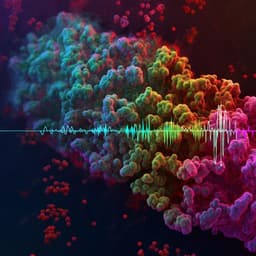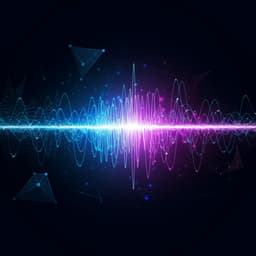
Medicine and Health
Machine learning workflow for edge computed arrhythmia detection in exploration class missions
C. Mani, T. S. Paul, et al.
This groundbreaking research by Cyril Mani, Tanya S. Paul, Patrick M. Archambault, and Alexandre Marois reveals a machine learning pipeline capable of detecting cardiac arrhythmias during deep-space missions, showcasing a decision tree classifier with impressive accuracy on EC data from wearable devices.
Playback language: English
Related Publications
Explore these studies to deepen your understanding of the subject.







